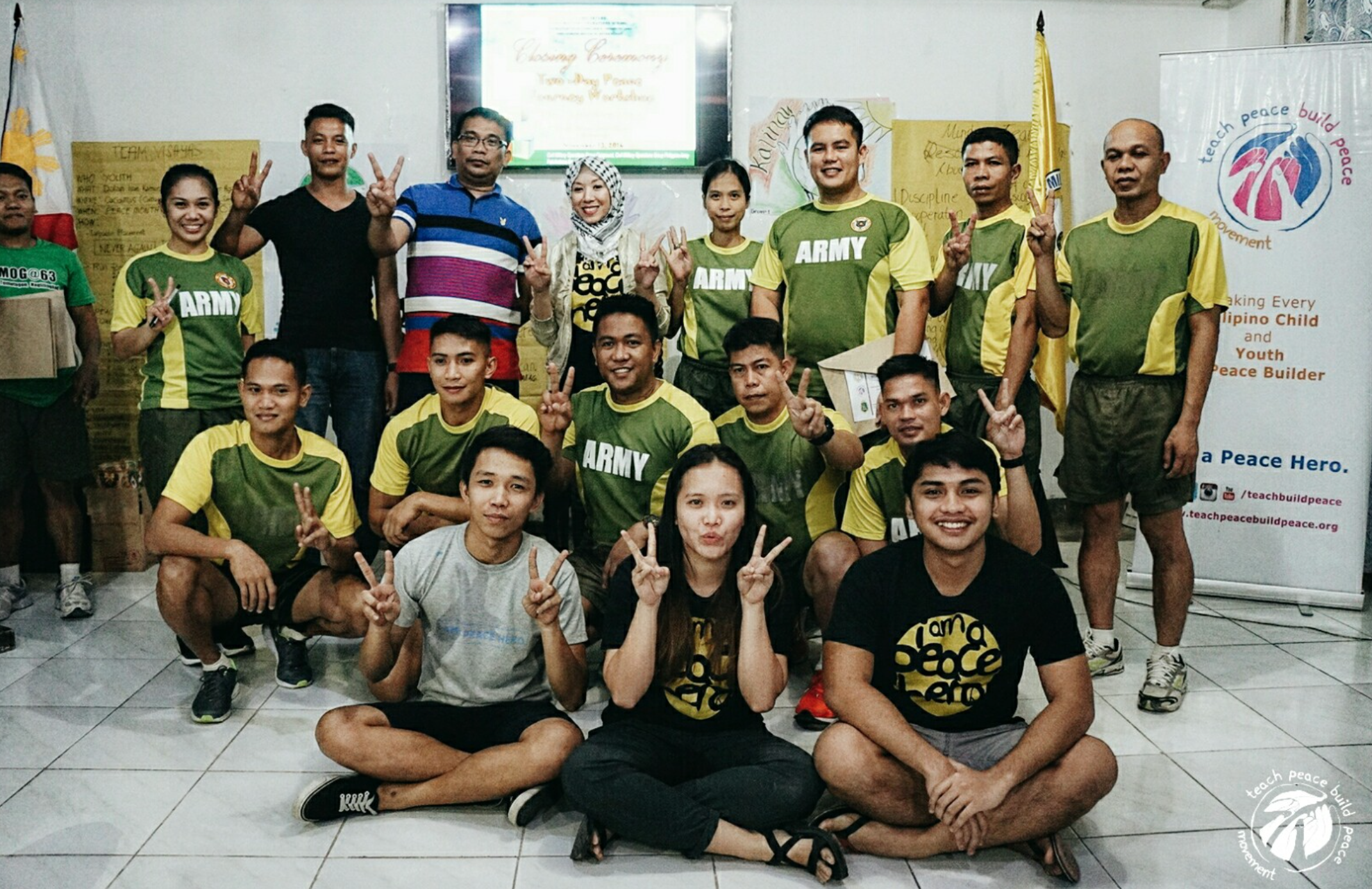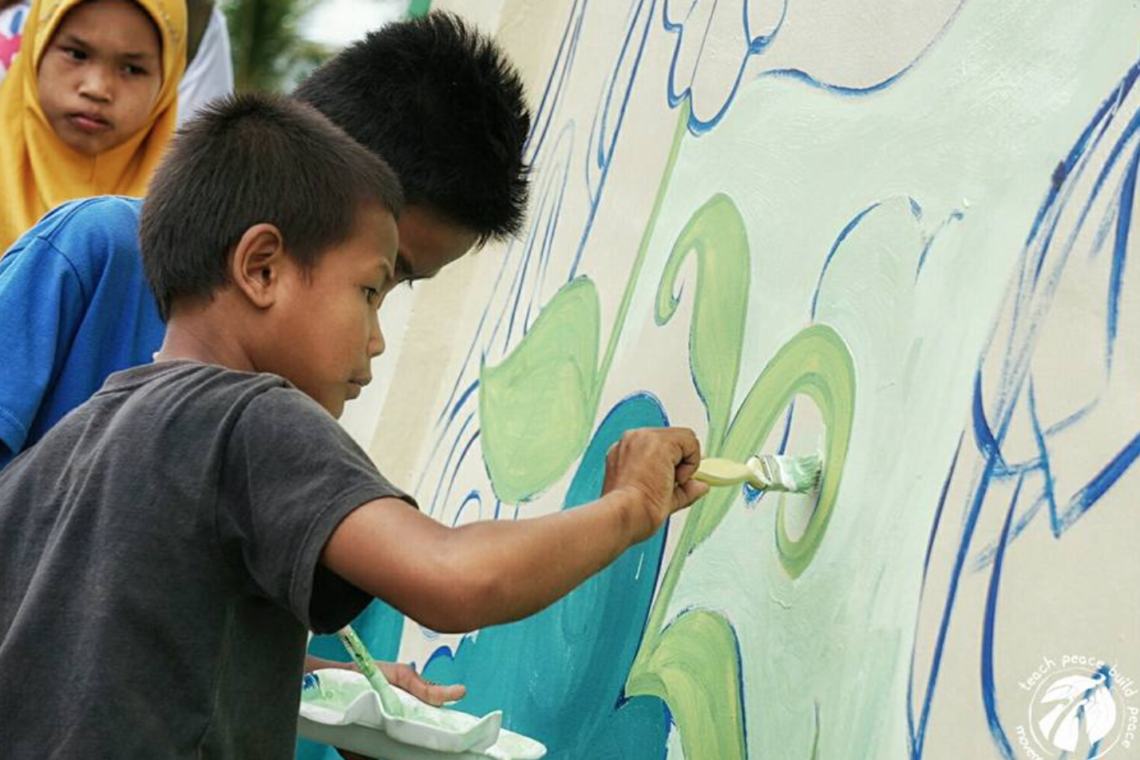Power lies in being at peace with yourself. When everything else around you is falling apart, your inner peace is what will hold you together.
It was when I had found my own inner peace that I decided to chase a 9 – year dream. After graduating college in 2009, I had asked my mom if I could volunteer in Mindanao and help in conflict resolution in the region. Given the danger, I was not surprised when she answered NO. Life happened since and we have relocated to New York where I am currently based. As I have gone through my own spiritual journey and losing my grandma early this year, finding peace has enabled me to not only survive but lead powerfully in life. To maintain my peace, I have committed to making sure I fulfill any desires or start working towards any dreams I have or have had and stop delaying them. I was living in the motto of “tomorrow might not come”. Volunteering in Mindanao was a no – brainer and I was determined to make this happen.
I researched and reached out to more or less 10 nonprofit organizations doing work in Mindanao. I didn’t anticipate how challenging the communication would be – patience was not my virtue then, but I definitely held on to it dearly in those days. Two organizations responded and only one had a definite program that matched my time off. Serendipitously, it was Teach Peace Build Peace Movement.

I set up a skype call with their Program Director, Bernadette Fernandez and Micah Verzola. They gave me a rundown of their organization and expounded on the Peace Mission program from April – May. Teaching Peace Education to kids and youth in conflict and non- conflict areas and building a Culture of Peace? It couldn’t be more perfect!
Given the 12 – hour difference, the challenge in schedules and how busy all our schedules were – the secretariat team still made sure that I had everything I needed to make this trip happen.
A journey with the youth of Mindanao:
I arrived in Maguindanao on May 4th. I haven’t been home in so long. I have missed the air breeze, the brazing sun touching my skin, and seeing our people. My first time but a first of many, I would say!
I came in the middle of Peace Heroes Camp: Youth Formation Session’s Day 1. I was welcomed with a smile and so much excitement despite my “I only had two hours of sleep and I’m hangry” face. It also gave me a sense of ease because of how friendly and welcoming everyone was.
This session is meant to introduce the curriculum and train peace facilitators. The participants are community and youth leaders stemming from education, NGO, and governmental sectors. Their backgrounds vary, but one thing they have in common is: they want to shift the collective consciousness to achieve the peace they need within their lives, families, and communities. I love hearing their stories: learning their way of life and the cultural influences they have around them. I also loved learning about the cultural dynamic within sub-Muslim groups/communities in that region.
It was such an honor to commune with these leaders – learning their stories, feeling their pain through their personal experiences and being filled by their passion in seeing change within their community. I am awestruck by their ability to persevere, their resilience and how selfless they are given the limited resources they have in the work that they do.
Helping Create a Community of Peace Hero Child Ambassadors
We drove 5 – 6 hours heading to Marawi. I have to be honest, I had mixed emotions about this. I am already so raw after a deep and emotional experience with the previous sessions that I didn’t know how I am going to react when I see kids and villages in dire need, yet I know I must get it together. So in the best way possible, I leaned in and got connected to just being authentic and strong in my vulnerability.
I was assigned to lead a group of kids and surprisingly they all have quite similar personalities. They were extremely shy, spoke very low and shared very little – a challenge indeed. You see, my work in New York is engaging adults and coaching them but I haven’t seen my strengths in teaching kids. However, I was reminded that this was not about me – giving all of me for them to have the full experience was good enough.
One of the kids has touched me through an exercise where we had to draw and describe what peace is in their family, school and community. That was when I realized that she lives in one of the evacuation villages – she drew everything that resonated with what she had. The house she had and her family in it, the school she had and everything in it, and she drew another school with everyone outside looking happy and playful. This was her reality before the war before everything turned into rubble and her once reality is now her dream.
Another remarkable experience was facilitating the Take Care of Peace game. The kids had to make sure the balls don’t drop through the holes while they trek towards the finish line. One of my students, unfortunately, had an encounter with one of the kids which resulted for the other kid to cry, to isolate himself and disengage. I hate to be the villain, but I felt like it was a valuable lesson to teach so I told the group that unfortunately, we are not going to move forward until he participates. My student felt forced to get him to rejoin, and some of his friends also were taunting him to do something. Despite his resistance and unwillingness, he complied. Sadly, they ran out of time to complete the task.

As I process this with them, I asked them how it felt that they didn’t finish the game and they answered: very sad. Then I said, the key is for everyone to work together, communicate with each other and make sure that everyone is playing to win because that’s how we succeed in life. Winning together is better than winning alone.
I spoke to my student and said: he looks up to you that’s why it hurt him, be the big brother and comfort him. He looked at me and as he was walking towards the next table, I saw him wrapped his arm around the other kid. It was a perfect moment!
In the three days that I was with the kids, I saw the incredible transformation in them. From day one of not engaging or even having the interest to participate, to Day 2 and 3 when I am just getting hugs and smiles from the time they see me throughout the day. This is what a culture of Peace looks like in the eyes of these children. There’s more love to give and it’s what they need.
The Teach Peace Build Peace Movement Team:
I couldn’t say enough praise, affirmation and admiration towards this team. From our first encounter to the last day, every single one is a leader in their own right. They are skillful, very talented and they embody the values of being Peace Heroes in their lives. You can see the burning passion in their eyes and the determination in creating magic in these people’s lives. They are fully aware of the impact that their work is going to do through their sessions and encounter, so they make sure to give it all. There’s no task too little or too big for them to do, they just do! Being effective is being responsible. It’s I don’t need to be told what to do, again and again, it’s picking up where one needs, and filling the gaps where it needs to be filled.
Everyone knows the importance of each other’s roles in making the peace mission successful. They run a such a tight ship but very efficient. Also, it was so amazing to meet and know the founder, Bai Rohaniza Sumndad – Usman. She is an incredibly inspiring woman – Even just by being in her presence, I felt safe and that infectious calmness; and the moment she speaks, wisdom and love run through. She is an inspiring, powerful and humble leader! Her advocacy has led to a tremendous impact in the lives not only on every participant of the sessions but also to every staff and volunteers of the movement. It is definitely an honor to experience and be part of the team.

I honestly didn’t have any expectations for this trip. I was ready to jump into anything however and whenever I am needed and came with the full commitment to serve. I came with an open mind and an open heart without judgements because I wanted to feel every experience and let it mold me. AND it definitely did! I have found inner peace in the comfort of my New York life, and though I can relate to some of the life struggles of our participants, I know it’s still incomparable to the level of unrest they feel seeing constant conflict around them. It made me realize how incredibly important this work is.
What can you do when you can harness that peace despite the gunshots, the air strikes, the loud noises, the insecurity and discomfort of living in tents or evacuation villages? What would their relationships look like towards everyone they encounter or even towards the world? What can they create?
It is in Peace where we can create positive changes and achieve social innovation. It is when you can give, contribute and inspire hope within your family, schools and communities or maybe… Maybe it is their lifeline. The last strand of hope they could hold on to.
This trip has given me so much more than just fulfilling a 9-year dream. It is falling in love in the diversity of our Filipino culture and our people, giving me the inspiration I need to not give up and work harder because there’s so much work to do. It is authentically elevating people’s lives and it is seeing hope in our children and feeling hopeful that it will get better. Thank you Teach Peace Build Peace Movement for the amazing work you do and I stand with you in the fight towards building a Culture of Peace in every Filipino child’s life.


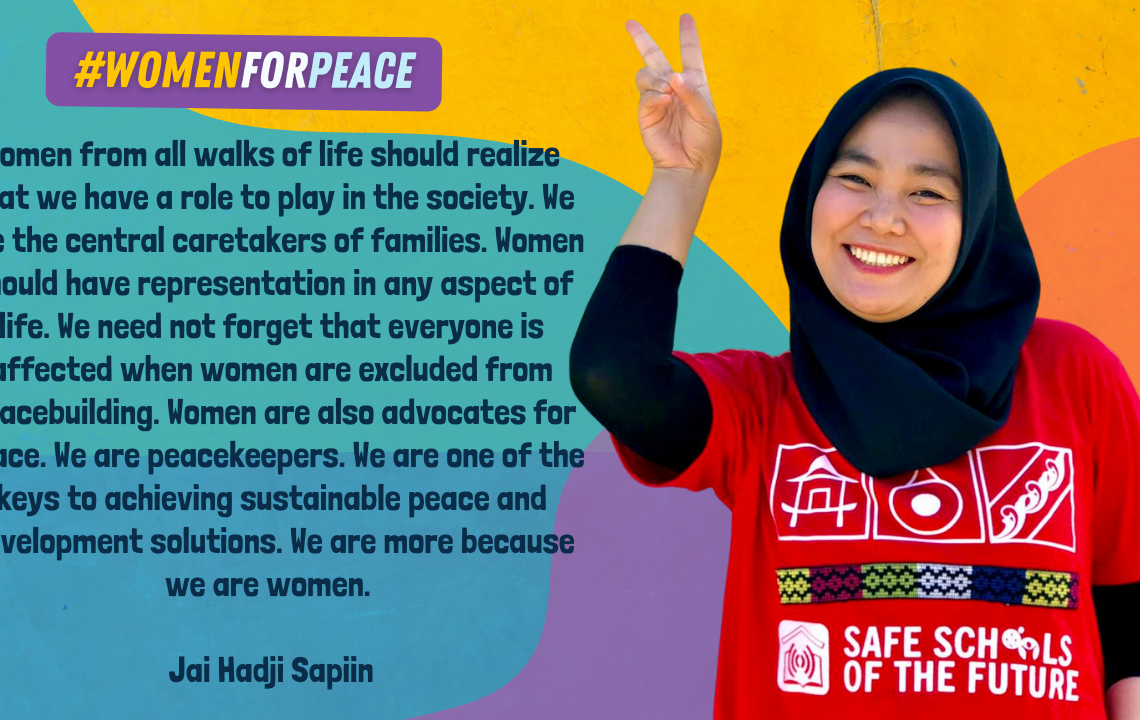
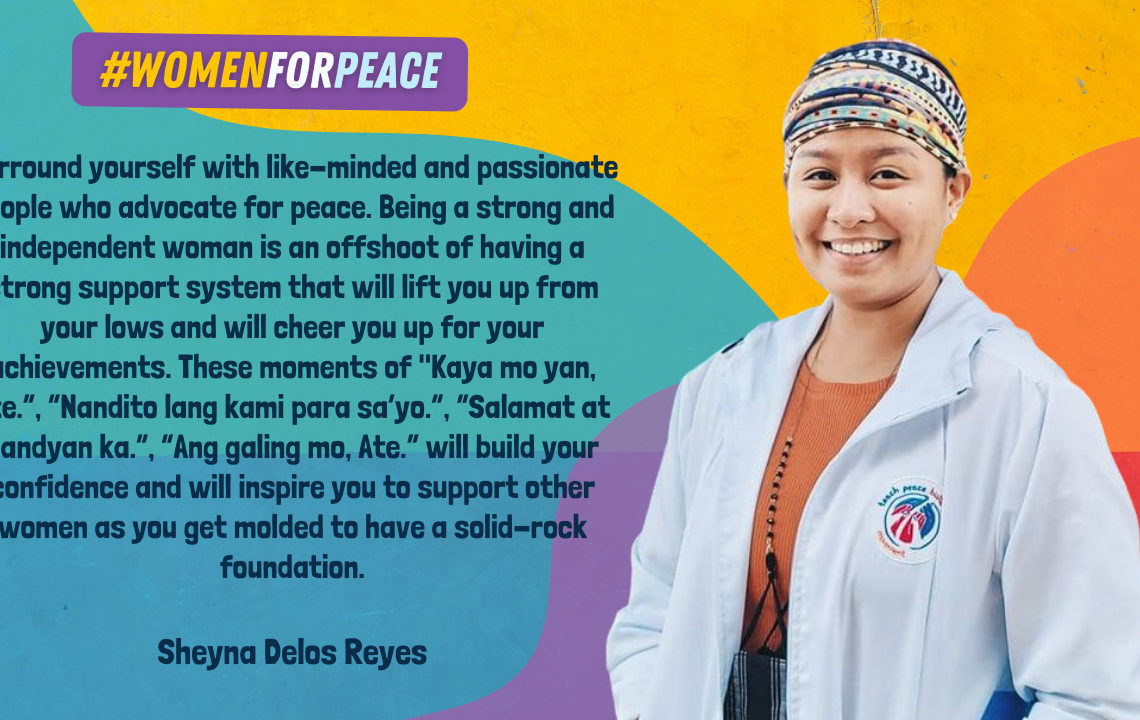
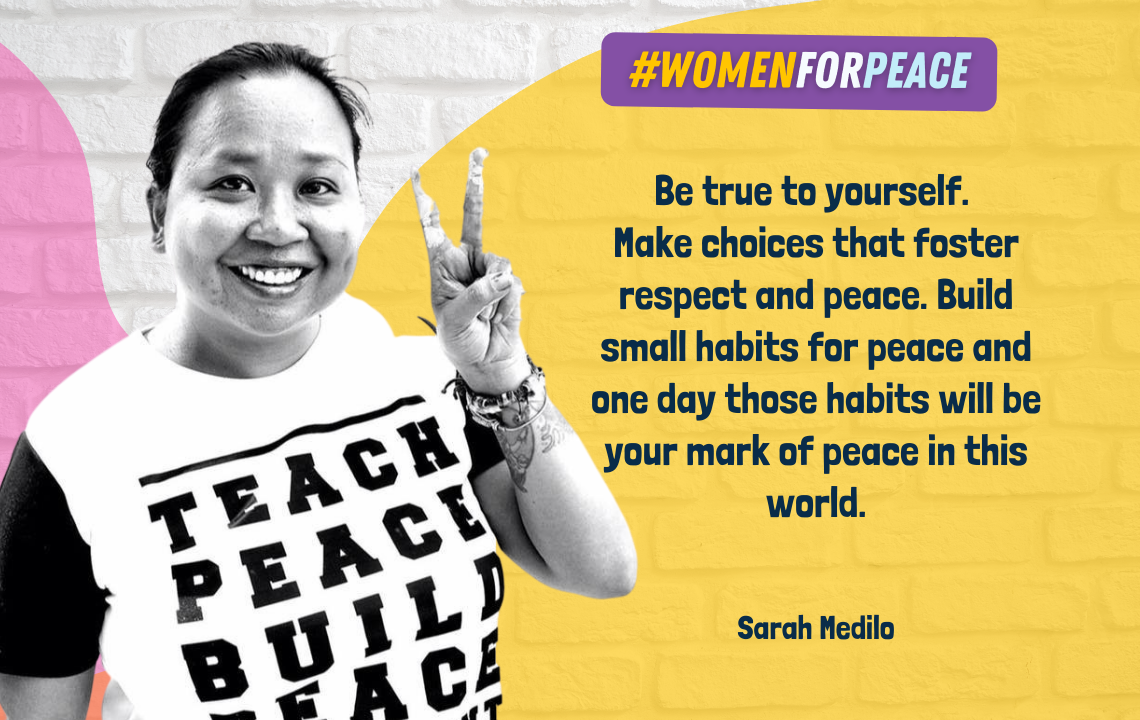

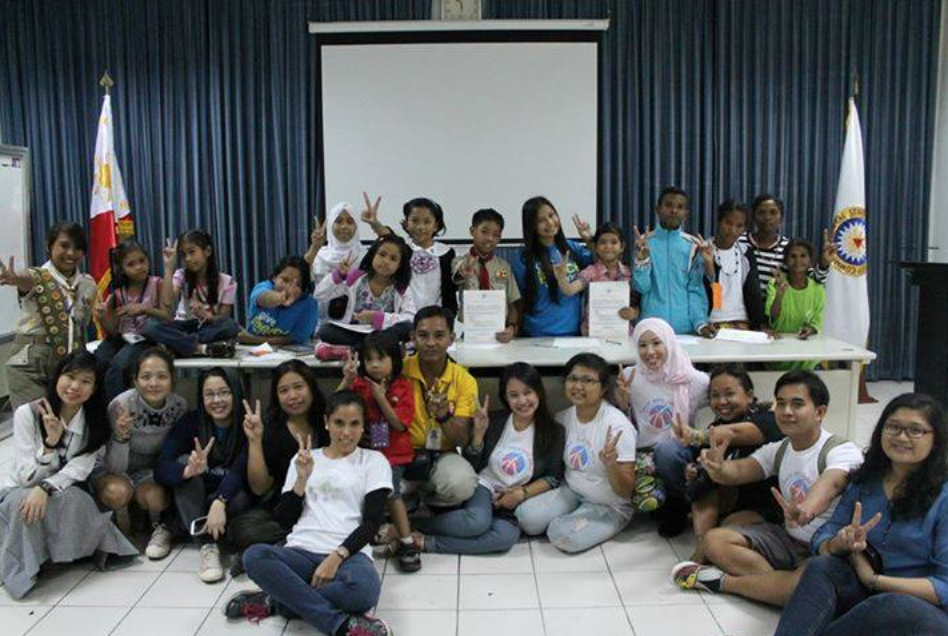
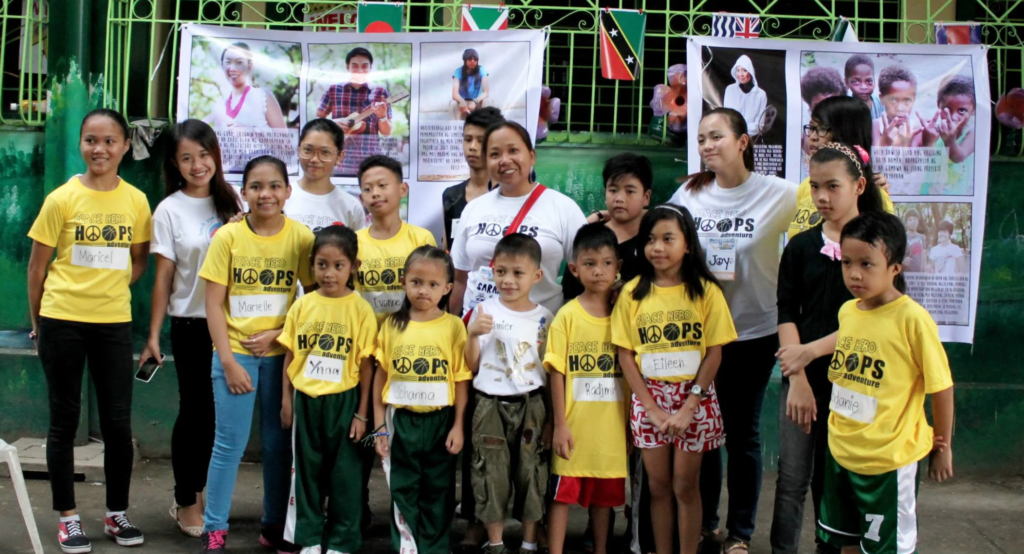
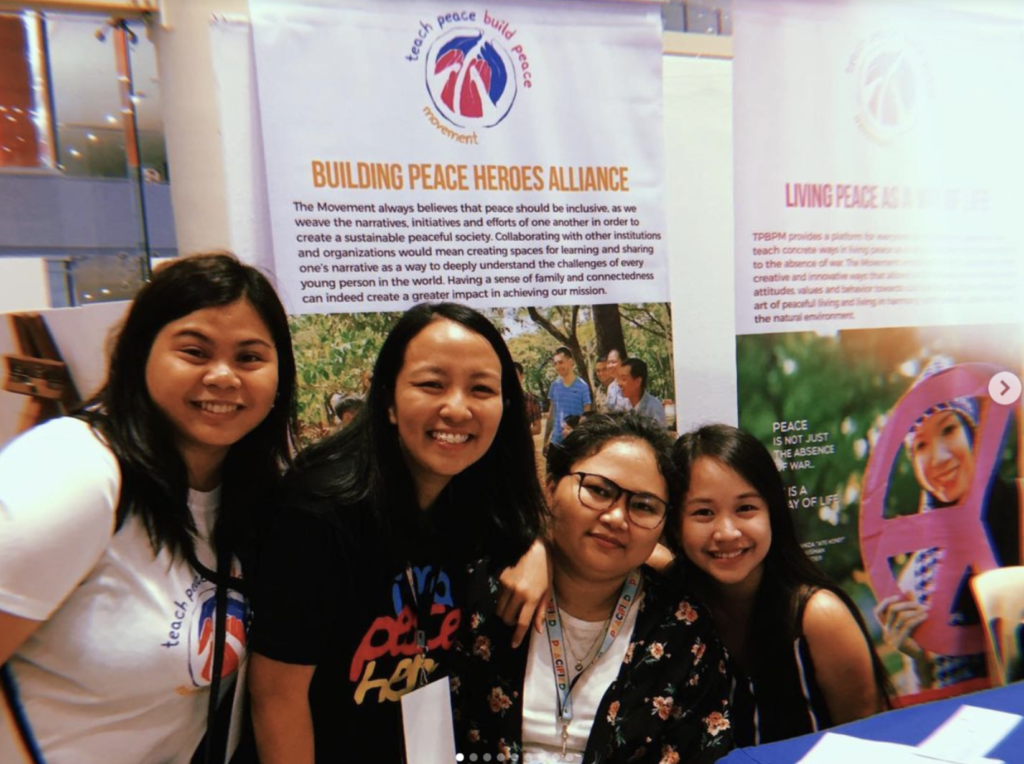


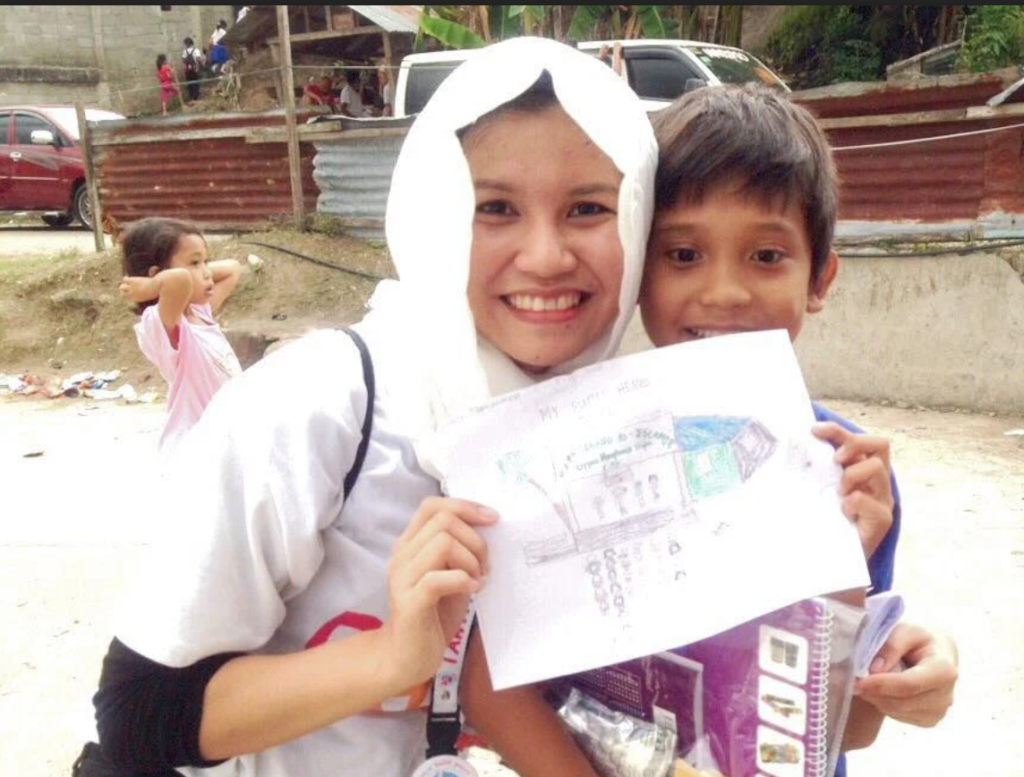

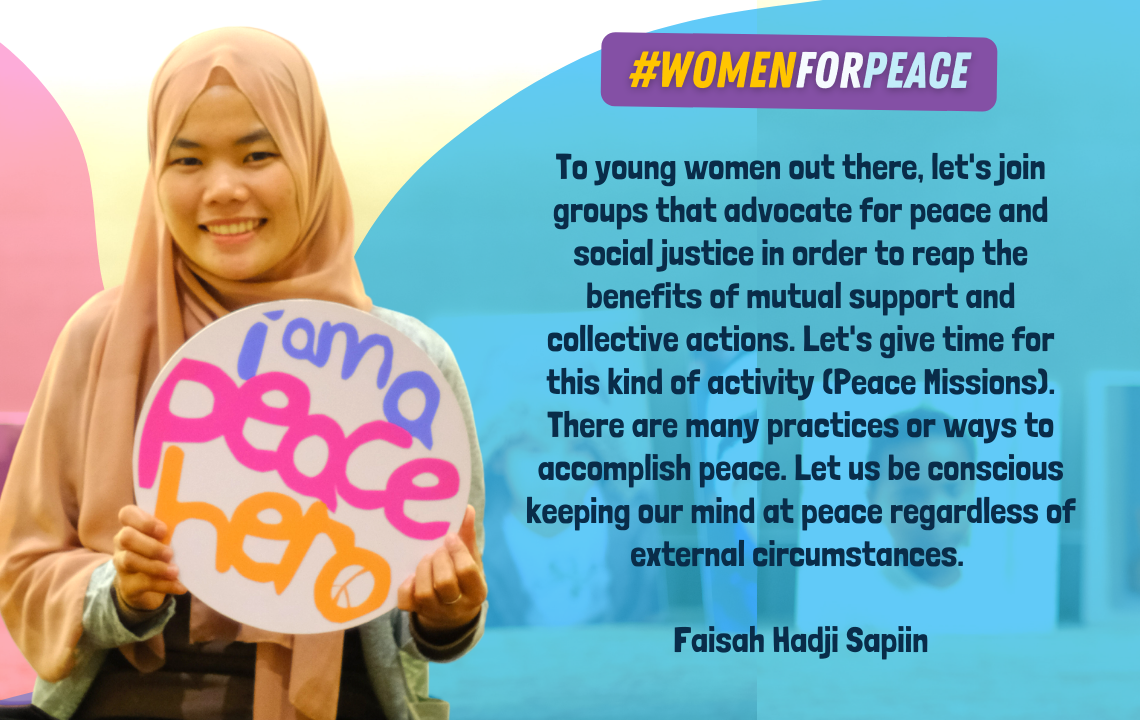
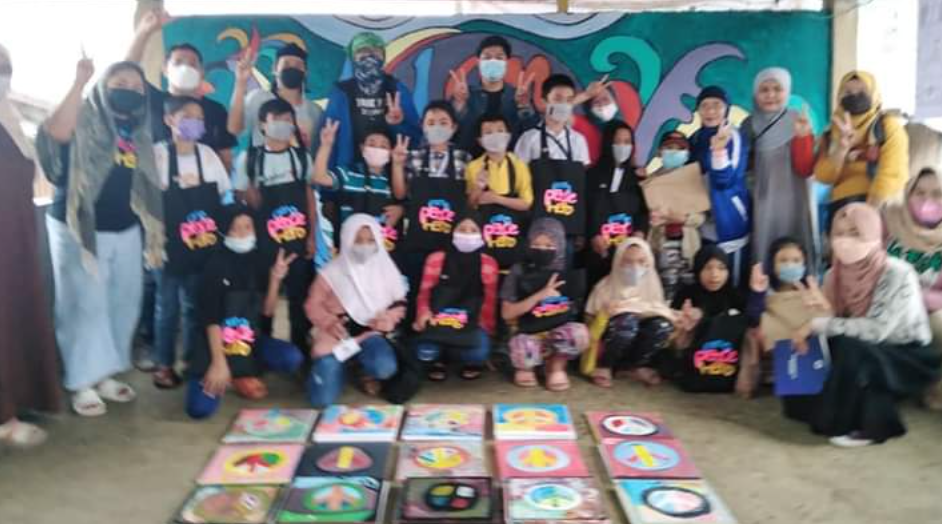
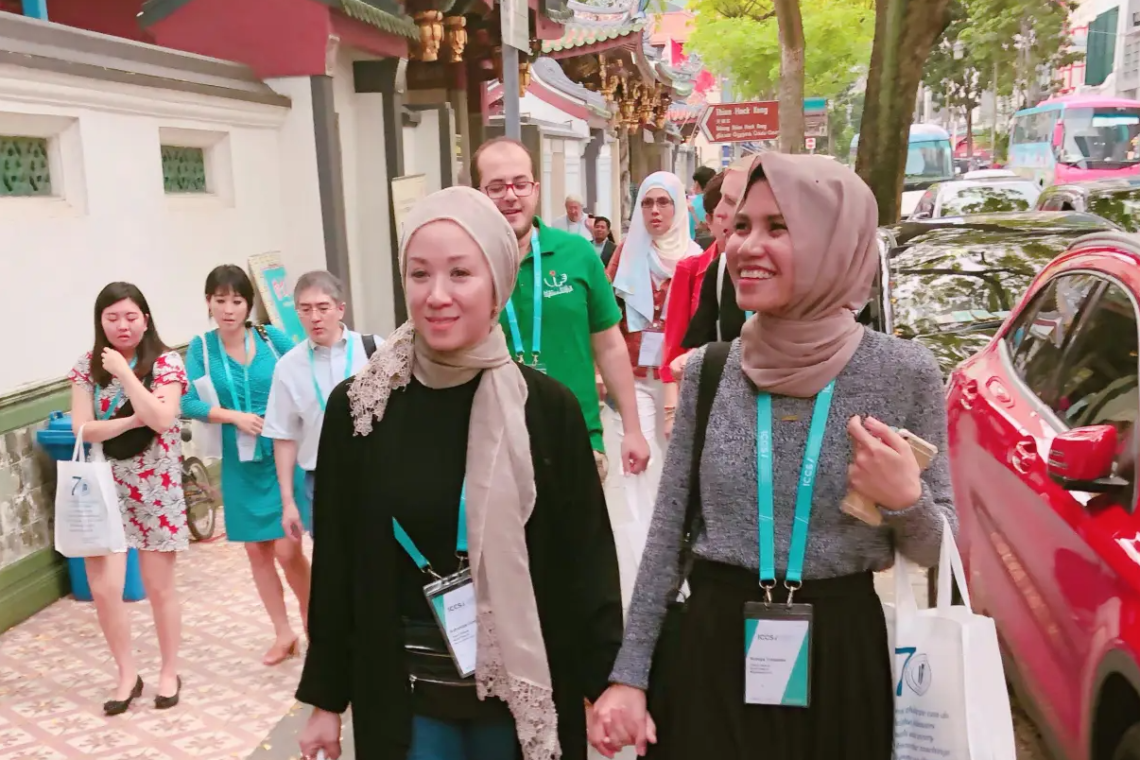
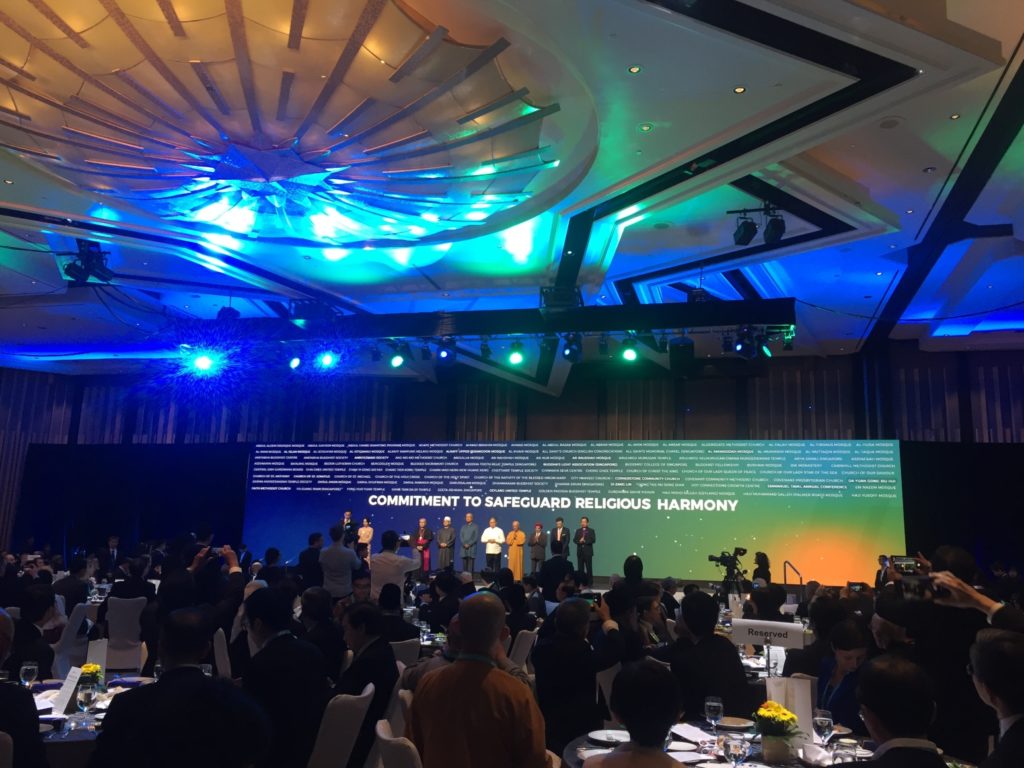
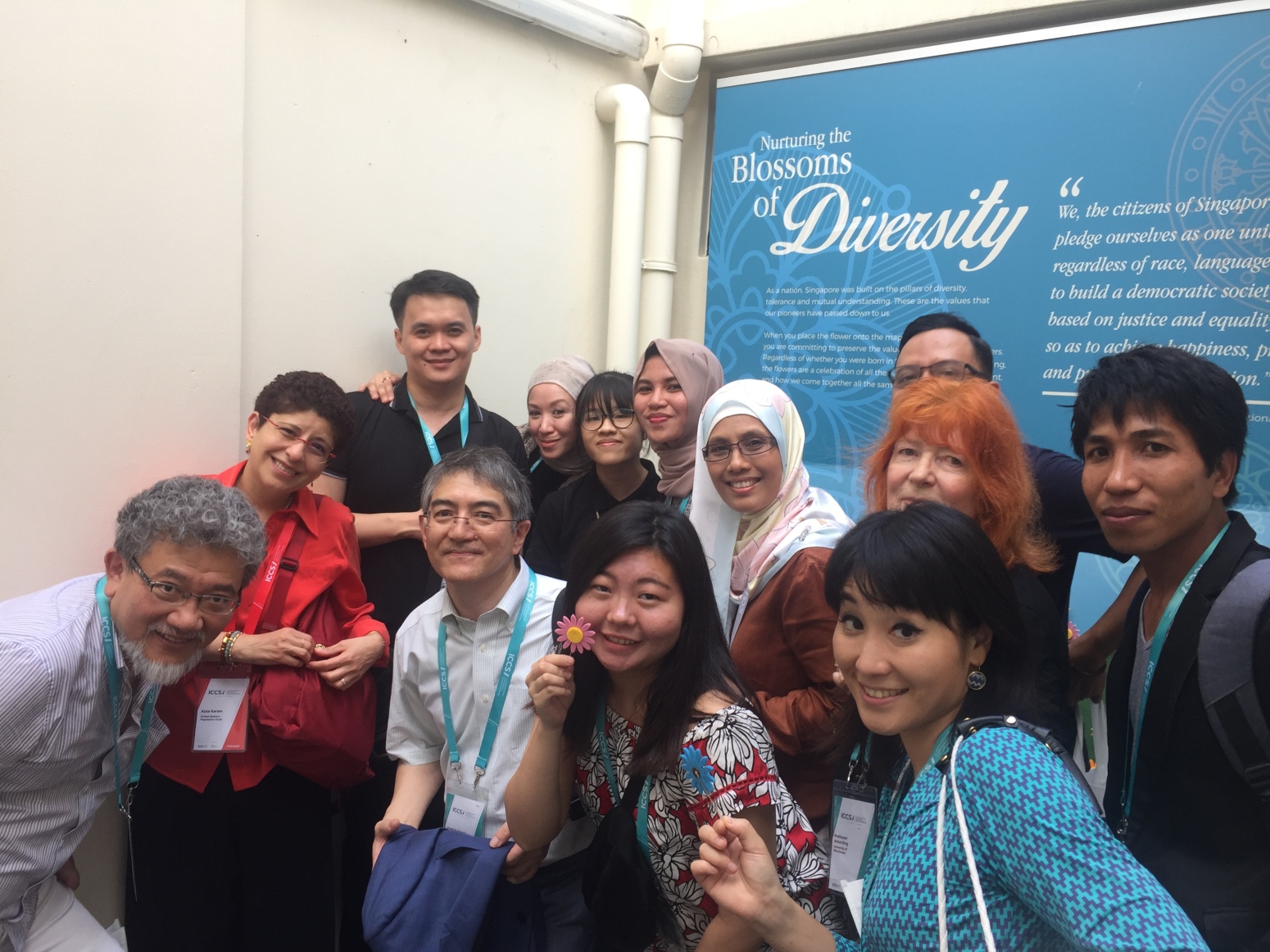

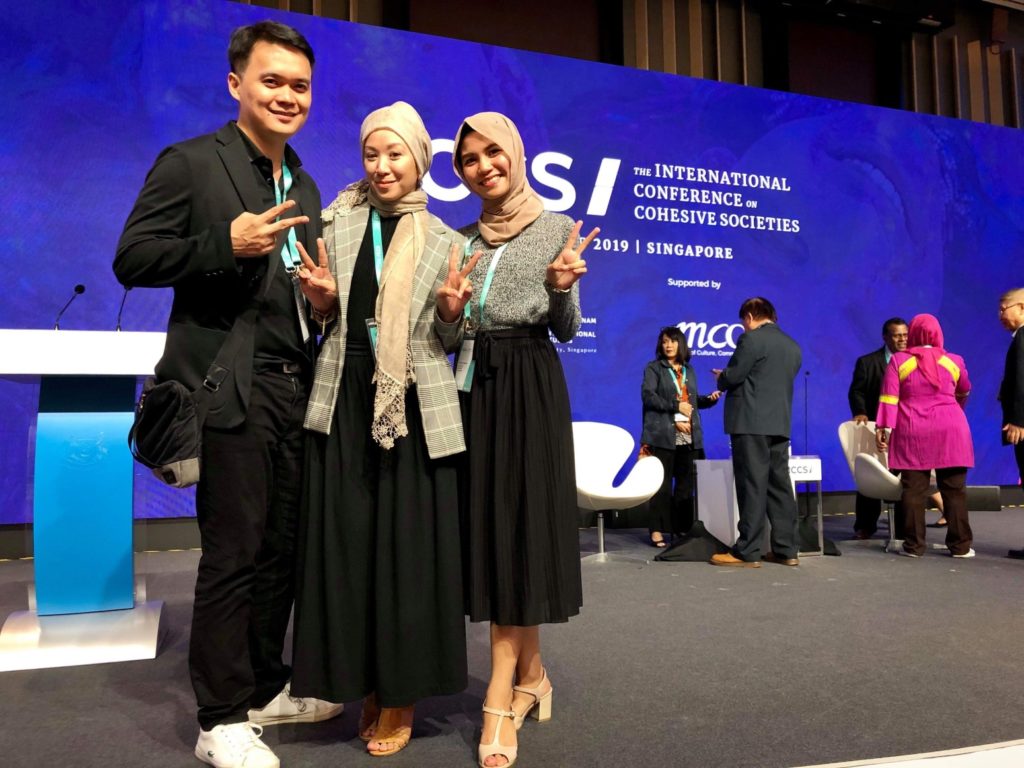
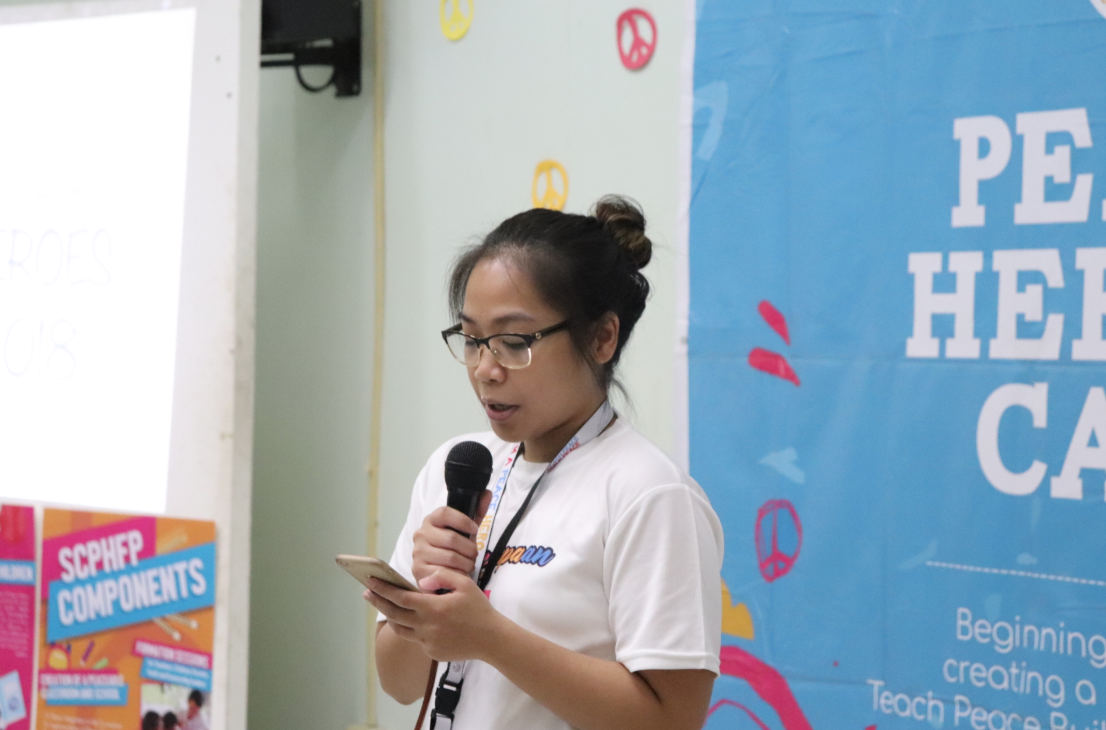



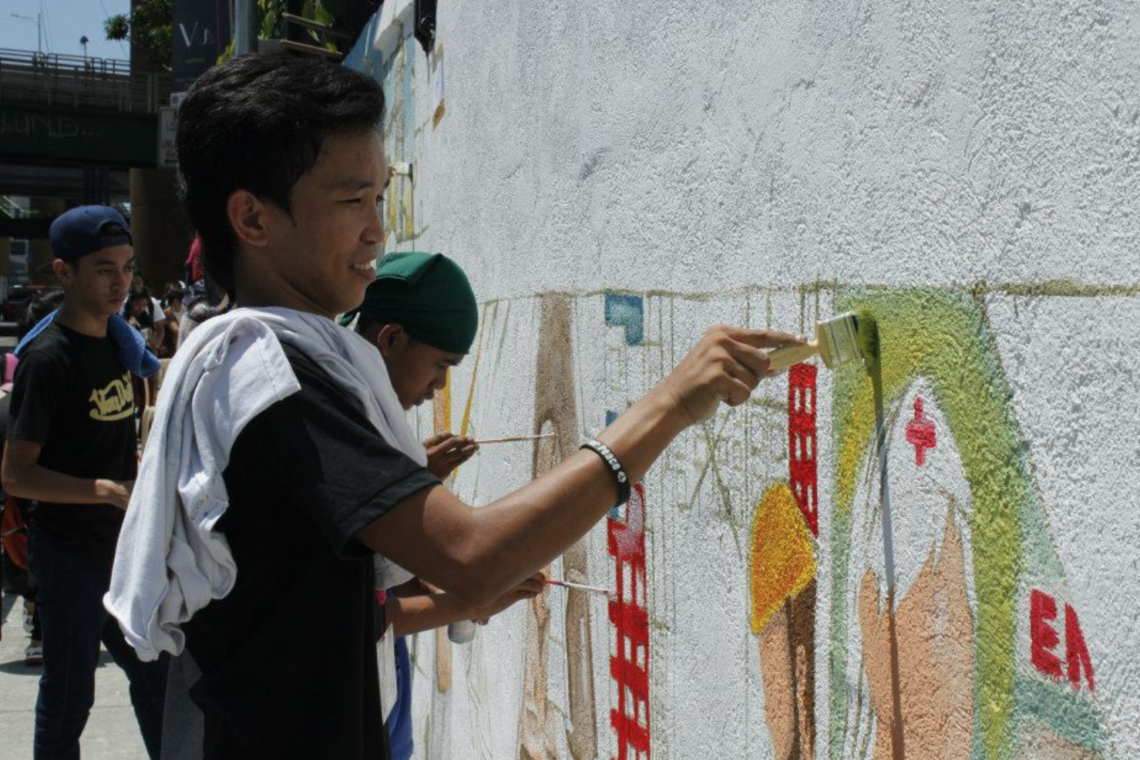
 In an interview with Louise, he described what he felt during his first peace mission: “There was a lot of fumbling and uncertainty at first but, I have grown to love [kids] because teaching them has been an ecstatic experience. We would go to different places to teach and the kids were really excited for us to return.”
In an interview with Louise, he described what he felt during his first peace mission: “There was a lot of fumbling and uncertainty at first but, I have grown to love [kids] because teaching them has been an ecstatic experience. We would go to different places to teach and the kids were really excited for us to return.”
